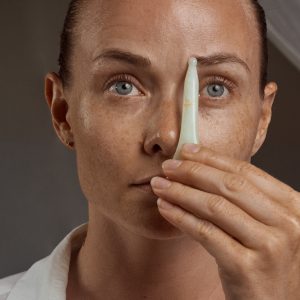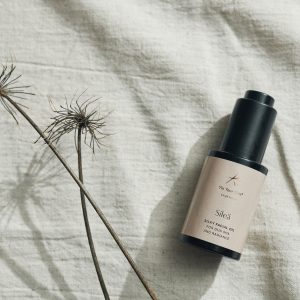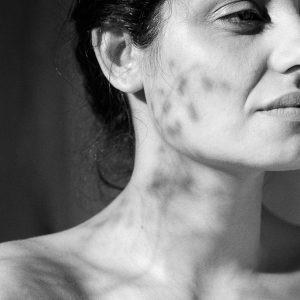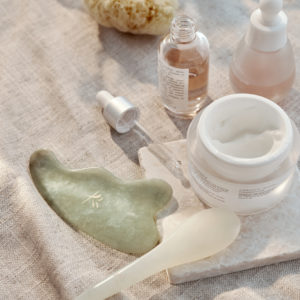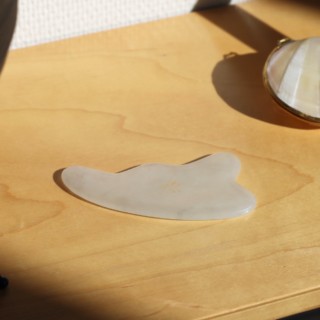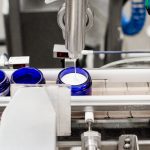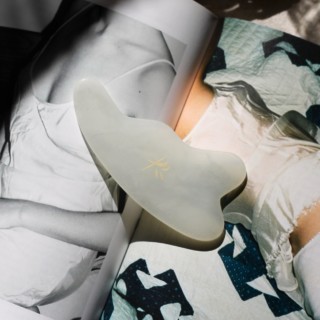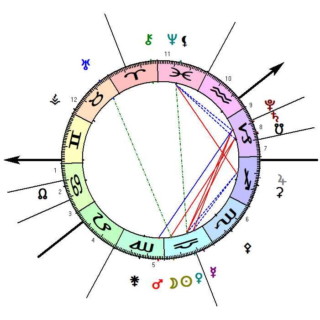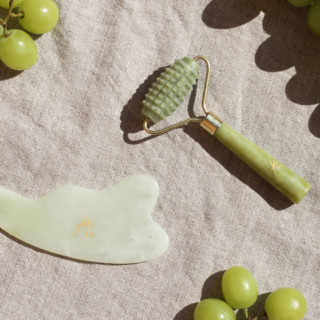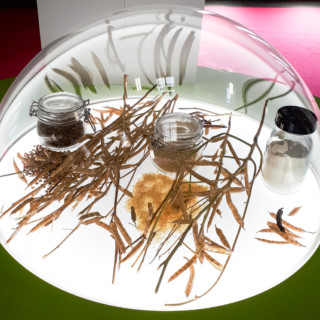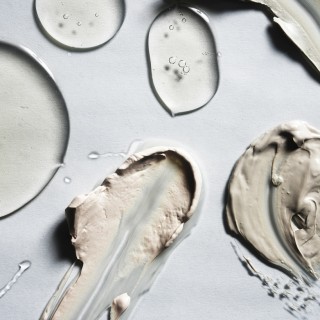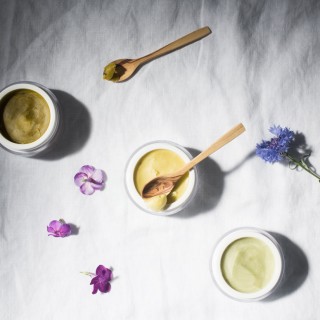Although summer is a wonderful time of year and sunlight has numerous beneficial effects on skin and wellbeing, the warm rays don’t bring out the best in everyone. Rosacea is a challenge in the summer months.
Symptoms of rosacea
Rosacea is an inflammatory skin condition that is most common among 30-60-year-old women. Like other skin conditions, there are varying degrees of rosacea. Typical symptoms include redness, couperose skin and sensitivity around the nose, forehead, cheeks and chin, sometimes across the whole face. Skin can feel flushed or itchy, and tiny papules that don’t turn into actual acne can appear on the skin. Sometimes pustules occur and skin reacts to various stimuli. Skin with rosacea is often dehydrated and flaky.
Sunlight, heat, hot and spicy food, alcohol, perspiration and stress often make symptoms worse, and summer can be a challenging time. Rosacea is prone to reacting to changing weather conditions as well as changes in life, meaning that sometimes symptoms ease off and even disappear almost altogether.

Causes of rosacea and treating rosacea internally
Rosacea is difficult to get rid of altogether. Once it occurs, skin often becomes prone to symptoms for a long time even after initially getting them under control. It’s worth focusing on ongoing, holistic treatment, as with good care, rosacea can stay completely symptom-free.
Careful treatment may also prevent the need for medicine. Sometimes rosacea is so severe that a course of antibiotics is useful for getting rid of inflammation, but finding yourself in a vicious circle of antibiotics is the worst possible scenario. That’s why it’s good to invest in holistic self-care.
As is the case with all skin conditions, the causes of rosacea go deeper beneath the surface, the face simply being where symptoms manifest themselves. Studies have found rosacea to be linked to small intestinal bacterial overgrowth and liver problems, so looking after your gut and following an anti-inflammatory diet play a key role.
Try limiting carbs and eliminating sugar (including fruit sugar), gluten and dairy from your diet. Stinging nettle, burdock root and bone broth are good for liver health. Opt for organic food and wholefoods in favour of processed foods.

Rosacea is common among diligent overachievers, whether related work, exercise or people-pleasing that puts the needs and wishes of others before one’s own. This often goes hand in hand with long-term “compromising” and stress.
In treating rosacea, relaxing the nervous system is just as important as an anti-inflammatory, gut-friendly diet – relaxing the nervous system reduces low-grade inflammation in the body.
Instead of high-impact physical exercise, I recommend spending time in nature, especially in the forest, as well as meditative yin yoga that stimulates the vagus nerve, which improves the gut, digestion and energy flow.
Overachievers tend to have blockages in different parts of the body, which long and deep yin yoga stretches can help unlock. Yin yoga also improves lymph flow responsible for removing metabolic waste from the body. The lymph system doesn’t work by itself, but you need to activate it by getting tissues to move. If fluids don’t flow, they begin to build up in tissues, which causes blockages and swelling.
I recommend the following yin yoga sequence, five minutes for each pose: Butterfly, Swan, Frog and Reclining twist, then lying on your back for five minutes with your legs up against a wall. Finish off with seven minutes relaxation.
External treatment for rosacea
It’s important to also treat your skin with topical products to help combat redness and irritation. Also skincare should be approached from two angles: products and medicinal herbs for treating redness and sensitivity as well as improving the skin on a deeper level.
Activating the lymphatic circulation plays an important part, as it reduces redness, soothes inflammation and prevents impurities. In other words, by going deeper beneath the surface, you will get visible results also on the surface of the skin.
You can give yourself a session of lymphatic therapy at home, but for a more effective experience visit a professional. If you have rosacea, aim to get regular facials that include lymphatic massage. Plan the schedule with your beauty therapist depending on the grade and stage of rosacea; for best results, aim for more frequent sessions at first.
In Helsinki, Ihohoitola Lupaus is an expert in lymphatic therapy, offering a lymphatic massage with all Dr. Hauschka facials.
Lymphatic massage is extremely gentle and so relaxing that you easily fall asleep – which is beneficial for the gut microbiome and liver if you have rosacea. Lymphatic circulation is activated with a light pumping and trembling motion. Still water is a good example – the movement doesn’t need to be strong in order to create a ripple.
Mechanical treatment can cause irritation to rosacea, and massaging strokes can be irritating. The patting technique from K-beauty works – not only is it light, but also gently activates the lymph nodes. You can also try activating the lymph circulation at home with a spoon-shaped gua sha tool. Always treat the skin just below the area where symptoms are present, not directly on top.

Products for treating rosacea at home
If rosacea is in its active stage, avoid experimenting with new products. Choose high-quality, genuinely nourishing products that aren’t too stimulating. It’s important that the products don’t contain unnecessary ingredients like ester oil, so skin receives the best nourishment it can get.
In the summer, make sure to have an arsenal of first aid products at hand in case skin gets irritated by the sun, heat or travelling. Dr. Hauschka is an excellent range for rosacea, as the medicinal herbs used in the products effectively soothe redness and irritation and calm pustules, flakiness and red blemishes.
Dr. Hauschka has been researching the chemical components in medicinal herbs and their effects for dozens of years. Each plant has been selected based on their particular components and how they work together. The products offer excellent value for money.

Products for treating rosacea at home:
Dr. Hauschka Soothing Cleansing Milk
A gentle and effective cleansing milk that can be used mornings and evenings. Anthyllis extract and jojoba, almond and apricot kernel oils protect the skin’s natural barrier. The cleanser also includes an extract of fermented oat, rye and wheat to balance the hydrolipidic film. Suitable for removing eye makeup.
Dr. Hauschka Facial Toner
The toner includes Anthyllis extract and witch hazel extract to strengthen skin and activate its metabolism. Witch hazel extract also soothes inflammation and balances sebum secretion by tightening pores.

Dr. Hauschka Sensitive Care Conditioner
The Sensitive Care Conditioner is excellent for rosacea characterized by pustules, extreme redness, flakiness and blemishes. It is used as a 28-day course of treatment instead of toner, and for anyone with rosacea, it’s a must treatment in preparation for the summer months. The treatment should be done a couple of times a year. In more severe cases, plan the treatment with your beauty therapist.
The treatment is available in two sizes. If you have rosacea, keep the smaller box of 10 ampoules at home as first aid in case symptoms appear suddenly. The smaller package is also useful to take along when travelling. The bigger box includes 50 ampoules.
The Sensitive Care Conditioner minimizes capillaries, effectively reduces redness and soothes pustules. Long-term use may even get rid of redness for good. The ampoules contain extracts of borage, pearl, malachite and oak bark that prevent thread veins by boosting skin and supporting the natural renewal of skin. The course of treatment also soothes heat rash.

Dr. Hauschka Soothing Mask
If you have rosacea, skip exfoliation, but make sure to apply a mask to help calm redness and other symptoms. The soothing mask is particularly suitable for sensitive, reactive rosacea. Use it 1-2 times a week – regular use over a long period of time is the precondition for lasting results. In the summer, it’s worth applying the mask whenever you have spent time in direct sunlight.
The medicinal plants in the mask, such as alchemilla, borage, buckwheat and mullein, calm sensitivitity, irritation and redness. Shea butter, macadamia nut oil, peanut oil, quince seed extract and witch hazel boost the skin’s protective barrier and maintain moisture balance.
Dr. Hauschka Revitalising Mask
The Revitalising Mask is recommended for rosacea characterized by pustules and redness, as it effectively tones down redness. Quince, anthyllis and chamomile extracts clarify skin, fade redness and tighten pores. The mask helps balance large pores and scarring from impurities. It also cools down flushed, burning skin typical of rosacea. The mask includes propolis, which renews skin cells, soothes inflammation and heals blemishes.

Dr. Hauschka Rose Day Cream
The light day cream is a good choice for rosacea especially in the summer, as it absorbs quickly and works well under makeup. Rose, marshmallow and anthyllis reduce redness, moisturize and strengthen the skin’s protective mechanisms. Sesame, avocado, almond and apricot kernel oil strengthen the skin’s protective barrier, soothe inflammation, protect skin and improve cellular nutrition.
If you have rosacea, make sure to use a sun cream or mineral foundation to provide light protection from the sun in addition to moisturizer.
Do you have rosacea? I would love to hear in the comments below what holistic self-care methods you use to keep symptoms at bay!

Photos Katja Kokko
Translation Rebecca Watson
